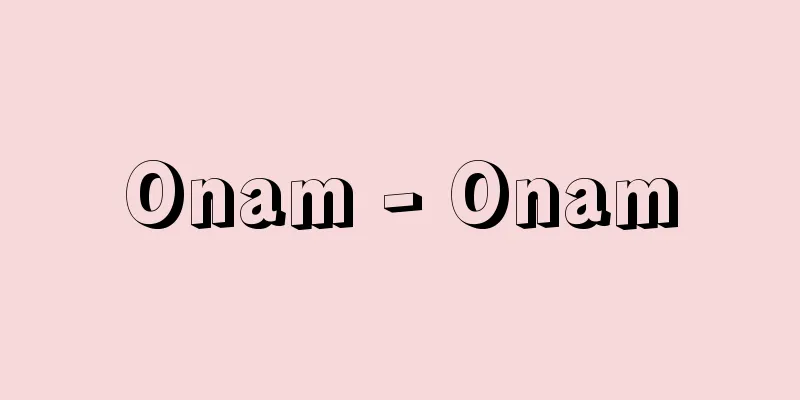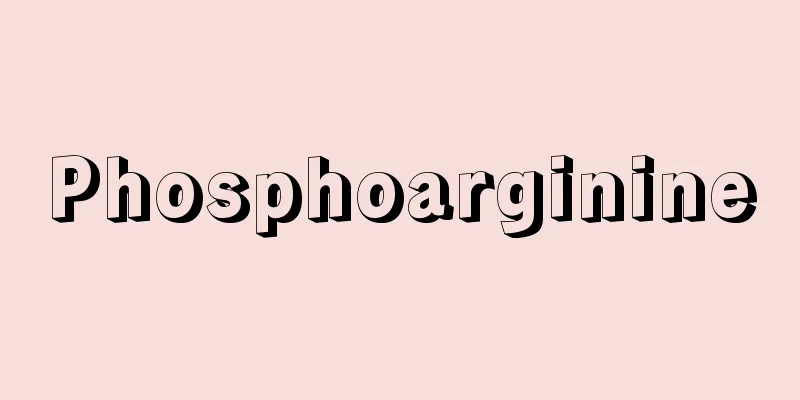Basic dyes

|
Water-soluble dyes that do not contain acidic groups. They have amine salts, quaternary ammonium groups, or carbonium ions. They can be used to dye animal fibers such as silk and wool, and nylon, directly from an acetic acid-based dye bath. Some dye acetate fibers can also be used. They have no affinity for cellulose, but cellulose can be dyed if the fiber is first treated with tannin. The types of chemical structures are wide-ranging, including azo dyes, diphenyl and triphenylmethane dyes, azine dyes, oxazine dyes, and thiazine dyes. All dyes synthesized in the early days were basic dyes. Although they have the advantages of vivid color tones and strong tinting power, they generally have the disadvantages of being weak against alkali, sunlight, and washing, so they are often used for special purposes. In addition to being used to color miscellaneous goods, ink, paper, and leather, many are also used for dyeing live animals and as various indicators. Interestingly, many dyes on acrylic fibers have significantly better lightfastness than those on animal fibers or nylon. Dyes with good lightfastness for acrylic fibers were also developed, and vivid colors became popular. Basic dyes for acrylic fibers are called cationic dyes to distinguish them from classical basic dyes. Structurally, they are azo dyes or anthraquinone dyes with quaternary ammonium groups, or some cyanine dyes. Today, basic dyes for fibers are mainly cationic dyes for acrylic fibers. Basic dyes have a long history, and more than 100 types are known across all shades. Auramine, fuchsine, methylene blue, malachite green, and crystal violet are some of the dyes that have been known for a long time. [Tobita Mitsuhiko] [Reference item] |©Shogakukan "> Main basic dyes Source: Shogakukan Encyclopedia Nipponica About Encyclopedia Nipponica Information | Legend |
|
酸性基を含まない水溶性染料。アミン塩、第四アンモニウム基、あるいはカルボニウムイオンをもつ。酢酸酸性の染浴から絹、羊毛などの動物繊維やナイロンに直接に染まる。アセテート繊維に染まるものもある。セルロースには親和性をもたないが、あらかじめタンニンで繊維を処理しておけば、セルロースも染めることができる。 化学構造の種類は広範囲にわたっており、アゾ染料、ジフェニルおよびトリフェニルメタン染料、アジン染料、オキサジン染料、チアジン染料などがある。初期に合成された染料はすべて塩基性染料であった。色調が鮮明で着色力が大きい利点をもつ反面、一般にアルカリ、日光、洗濯に対して弱い欠点をもつので、特殊な目的に用いることが多い。雑貨、インキ、紙、皮革の着色に用いられるほか、生体染色や各種指示薬に利用されるものも多い。興味深いことに、アクリル繊維上においては、動物繊維やナイロン上よりも著しく耐光性が向上するものが多い。アクリル繊維用の耐光堅牢(けんろう)度の良好なものも開発され、鮮明色が流行した。アクリル繊維用塩基性染料を、古典的な塩基性染料と区別するためにカチオン染料とよんでいる。構造的には、第四アンモニウム基をもつアゾ染料あるいはアントラキノン染料か、一部のシアニン染料である。今日では繊維用塩基性染料はアクリル繊維用のカチオン染料が主体である。 塩基性染料は歴史的にも古く、すべての色調にわたって100種類以上のものが知られている。オーラミン、フクシン、メチレンブルー、マラカイトグリーン、クリスタルバイオレットなどは、古くから知られている染料である。 [飛田満彦] [参照項目] |©Shogakukan"> おもな塩基性染料 出典 小学館 日本大百科全書(ニッポニカ)日本大百科全書(ニッポニカ)について 情報 | 凡例 |
<<: Romance novel - Engi tai shosetsu
Recommend
Kanto Zenni - Kanto Zenni
…Kyoto's Tomomasa committed suicide after bei...
Song of Everlasting Regret
A narrative long poem by Chinese Tang Dynasty poe...
Debris slide
...Some contain a large amount of water, while ot...
A Concise Report on the Destruction of the Indies - A Concise Report on the Destruction of the Indies
...In particular, countries hostile to the hegemo...
Wittenwheeler, H. - Wittenwheeler
…a Swiss poet of the late Middle Ages. Also known...
Jardine, Matheson and Co., Ltd.
The largest British trading company based in Hong ...
Latent infection - Senpukukansen (English spelling)
Regardless of whether the infection is overt or in...
cosmology
…In the West, the term cosmic physics is not ofte...
Equilibrium electrode potential
The electrode potential when an electrode reaction...
Nemophila (English spelling)
A general term for the genus Nemophila in the fami...
Okushin Wakanoura
...The Sandan Bridge, which imitates the Six Brid...
Jū yán hǎi (English spelling)
A salt lake in the desert on the plateau in the we...
Craterellus
... The family Chanterellaceae refers to a group ...
Franz I (English spelling)
…However, when Frederick II the Great of Prussia ...
Niya - Niya (English spelling)
The remains of an ancient settlement on the south...









